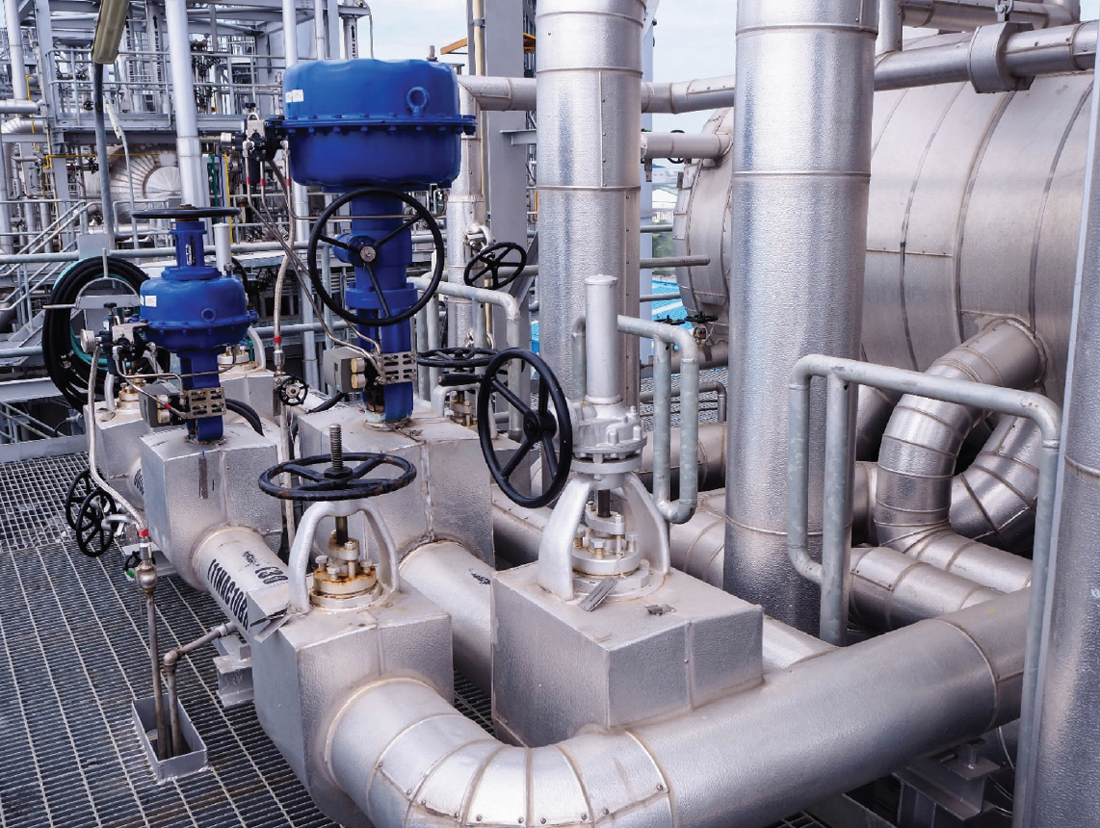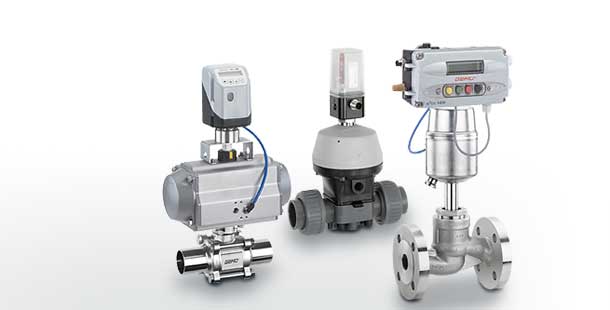Understanding the Significance of Control Valves in Process Automation
Understanding the Significance of Control Valves in Process Automation
Blog Article

Maximize Energy Financial Savings and Comfort With Advanced Structure Automation Controls
In the world of modern design and facility monitoring, the assimilation of advanced building automation manages stands as a critical innovation. By utilizing the power of automation, structures can adapt, react, and progress in methods that were when unbelievable.
Energy Effectiveness Advantages
Power effectiveness benefits can significantly decrease energy usage and operational expenses in buildings. By carrying out energy-efficient methods and technologies, building proprietors and operators can achieve substantial savings while likewise adding to environmental sustainability. One of the main advantages of boosting power efficiency in structures is the decrease of utility bills. Energy-efficient systems, such as innovative structure automation controls, can optimize making use of resources like cooling, illumination, and home heating, causing reduced energy costs in time.
Moreover, improved power efficiency can extend the life-span of building equipment and systems. By running more effectively, a/c systems, lighting components, and other structure elements experience less wear and tear, leading to lowered maintenance and replacement prices. Additionally, energy-efficient structures commonly command higher residential property worths and rental rates, offering long-lasting financial advantages to owners.
Furthermore, energy efficiency can enhance owner convenience and efficiency. Properly managed interior environments with ideal illumination and thermal conditions create a more positive and favorable work area, leading to enhanced employee fulfillment and efficiency. On the whole, the power performance benefits linked with sophisticated structure automation controls are complex, incorporating expense savings, environmental stewardship, and occupant well-being.
Enhanced Comfort Control
Enhancing comfort control in building atmospheres needs an advanced assimilation of sophisticated automation systems for optimum occupant health. By using innovative building automation controls, facilities can customize the indoor atmosphere to satisfy the particular needs and choices of owners. These systems make it possible for accurate policy of illumination, ventilation, and temperature level, producing a effective and comfy ambience. Passenger fulfillment and efficiency are closely linked to thermal convenience, making it vital to have systems in position that can adapt to changing conditions in real-time.
By integrating these innovative controls, structures can not only enhance comfort however additionally improve energy performance by optimizing system operations based on actual tenancy and use patterns. Ultimately, prioritizing passenger comfort via sophisticated automation systems leads to an extra satisfying and healthier interior setting.
Operational Effectiveness Improvements

Furthermore, the execution of real-time surveillance and analytics tools allows building drivers to determine energy inefficiencies and functional abnormalities without delay. By constantly checking power use patterns and system efficiency metrics, adjustments can be made in real-time to maximize energy consumption and ensure peak functional effectiveness. control valves. Additionally, incorporating demand action approaches right into structure automation controls can further enhance functional efficiency by dynamically changing power usage based on grid conditions and rates signals
Indoor Climate Optimization
Reliable indoor environment optimization is a basic facet of structure automation controls, making certain passengers' comfort and well-being while optimizing power financial savings. By making use of advanced sensors and controls, developing automation systems can constantly check and adjust temperature, humidity levels, air quality, and ventilation to create an ideal interior setting. Preserving regular and comfortable conditions not only i was reading this improves owner contentment yet also boosts efficiency and general wellness.
Interior climate optimization additionally plays a critical duty in power efficiency. By fine-tuning air conditioning, heating, and air flow systems based upon real-time information and occupancy patterns, building automation controls can considerably minimize power intake - control valves. Executing strategies such as demand-controlled air flow and thermal zoning can help lessen power waste while guaranteeing that each area of the structure receives the essential conditioning.

Lasting Environment Development
Structure automation manages not only maximize indoor environment problems for power efficiency and resident comfort however likewise lay the structure for creating a lasting setting with strategic management of systems and sources. By integrating innovative structure automation modern technologies, such as sensing units, actuators, and smart software application, facilities can monitor and change energy use in real-time to reduce waste and reduce their carbon footprint. These systems allow anticipating upkeep, identifying potential problems prior to they intensify and maximizing tools efficiency to boost long life and effectiveness.
Furthermore, sustainable setting creation prolongs beyond power monitoring to incorporate water conservation, waste reduction, and indoor air high quality renovation. Building automation controls can manage water usage, find leaks, and make sure proper garbage disposal methods, adding to overall sustainability efforts. Furthermore, by checking and controlling ventilation and filtering systems, these innovations boost passenger health and efficiency while reducing power consumption related to a/c procedures.
Conclusion
Finally, advanced building automation controls offer significant benefits in terms of energy cost savings, comfort control, functional effectiveness, interior environment optimization, and producing a lasting setting. By applying these controls, buildings can accomplish ideal efficiency while minimizing power usage and improving passenger convenience. It appears that making use of advanced automation innovation is vital in enhancing structure efficiency and developing a more sustainable future.
Power performance benefits can dramatically lower energy usage and operational expenses in Click This Link structures. On the whole, the power efficiency advantages linked with innovative structure automation controls are multifaceted, incorporating cost financial savings, environmental stewardship, and moved here owner health.
Furthermore, integrating need reaction approaches into structure automation controls can additionally enhance functional efficiency by dynamically readjusting energy use based on grid problems and rates signals.
Building automation controls not just maximize interior environment problems for energy performance and occupant comfort however also lay the structure for creating a sustainable environment via critical administration of systems and sources.In verdict, advanced structure automation manages deal considerable advantages in terms of power financial savings, comfort control, functional effectiveness, indoor climate optimization, and creating a sustainable setting.
Report this page